How to Make Homemade Powdered Sugar (even from unrefined sugars)
How to make homemade powdered sugar
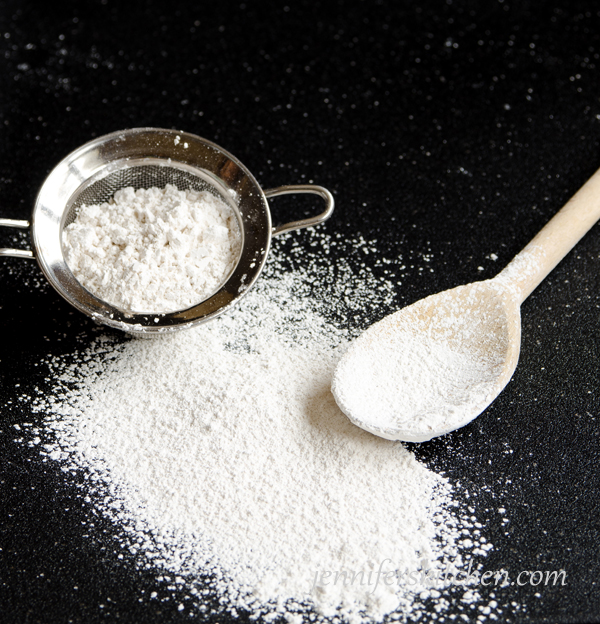
This website is brought to you without annoying ads because we can better live healthier lives without the influence of marketing. But running a high-traffic site is expensive. How can you help? If you purchase anything through the affiliate links on my site, your cost is the same, but I receive a small commission. Thank you!
I don’t usually do blog posts encouraging sugar consumption. Rather, I try to discourage it. And when possible, in my recipes, I try to use date sugar (since it is not refined like other sugars are), whole dates, or pure maple syrup.
Howeeevver … there may be rare occasions (like when the cookie photo we’re working on is looking blah, so we have the grand idea to drizzle some icing on said cookies) that I need some powdered sugar. And in that case, I don’t usually have any on hand. (See previous paragraph.)
EDIT: I have since developed a sugar-free frosting recipe that we LOVE!
And since I enjoy shopping about as much as I enjoy pulling my toenails off one by one, it’s fabulously handy to be able to make powdered sugar at home rather than have to run to the store to buy some.
Besides, with few exceptions, most store-bought powdered sugar is made from GMO sugar and all of it – organic or not – is made from highly-refined white sugar (as far as I know).
But no worries! Making your own powdered sugar is soooo easy!!!!
What kind of sugar should I use to make homemade powdered sugar?
You can use any kind of sugar you have on hand, such as:
regular white sugar
turbinado sugar
sucanat
“Sugar in the Raw”
evaporated cane juice crystals
demerara
coconut sugar
muscovado sugar
raw cane sugar
and even date sugar. *
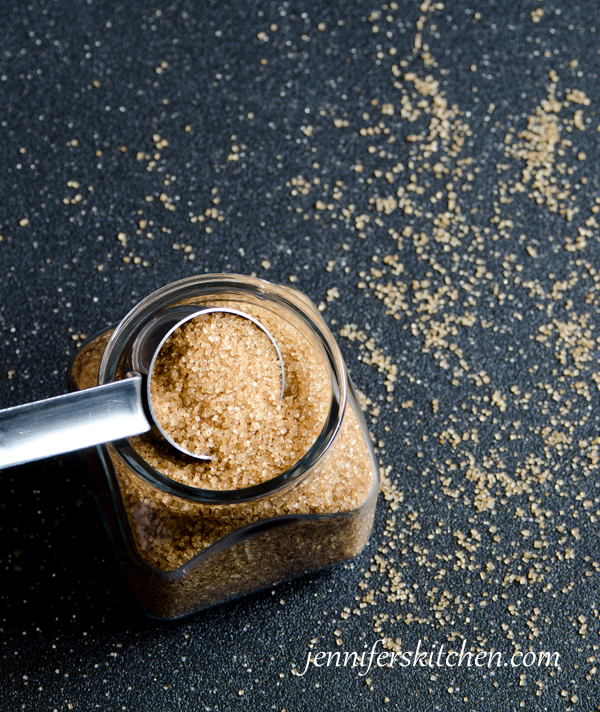
(I’ve never tried this with brown sugar. My guess is it would not work.)
Steps for Making Powdered Sugar in a Blender
1. Be sure the inside of your blender is completely dry. Even slight dampness will make the sugar not turn powdery.
2. Place sugar and 1 teaspoon arrowroot (or cornstarch) in blender jar. Starch prevents the sugar from clumping together, which makes it difficult to blend.
If you don’t have a powerful blender, I recommend using about 1/2 cup sugar. If you have a heavy-duty blender (like a Blendtec or a Vitamix), use 3/4 cup to 1 cup. If you use too much, the sugar won’t get as powdery.
3. Blend for 50 seconds. Stop blender. Allow dust to settle and sugar to cool slightly. Blend for another 50 seconds. If you don’t have a heavy-duty blender, you may have to blend it longer.
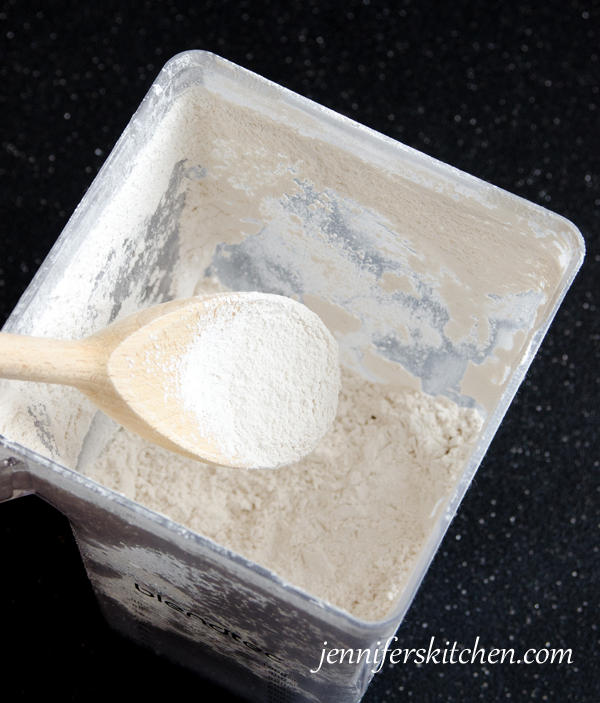
Steps for Making Powdered Sugar in a Coffee Grinder
1. Be sure the inside of your coffee grinder is completely clean and dry.
2. Place sugar in coffee grinder. I recommend using about 2 tablespoons of sugar. Add a pinch of arrowroot (or cornstarch).
3. Blend on high speed for 50 seconds. Stop and allow dust to settle and sugar to cool slightly. Blend for another 50 seconds.
If you’re wondering if your sugar is done, try sifting it through a sifter or fine-mesh strainer. If there are bits of granulated sugar left over, it needs blended more.
Yield – How much powdered sugar does 1 cup of sugar make?
For every 1 cup sugar, you will get 1 3/4 cups to 2 cups of powdered sugar.
Tips for Making Powdered Sugar
1. Do not try making powdered sugar in a food processor. While a food processor works great for making these delicious Sugar-Free No-Bake Cranberry Pecan Bars, “powdered sugar” made in a food processor will be grainy.
2. Be sure to allow the sugar to cool off a bit before continuing to blend. If the sugar gets too hot, it will start to melt and it may have an off taste.
3. In order to make icing with your homemade powdered sugar, it needs to be super fine and powdery. I suggest doing a test run to see how powdery your blender can make it before doing a big batch.
4. Arrowroot prevents the sugar from caking or clumping from moisture. You can also use cornstarch.
FAQ
1. Can I make powdered sugar from ________ ?
You can make powdered sugar from just about any dry sweetener, such as turbinado sugar, sucanat, “Sugar in the Raw”, evaporated cane juice crystals, demerara, coconut sugar, muscovado sugar, date sugar, and of course, white cane sugar.
I recommend testing a small amount to be sure you can achieve the results (color, flavor, and texture) you desire before doing a big batch.
Depending on what sugar you choose, the color, flavor, and texture will vary.
2. I’ve never used less-refined sugars before. What kind do you recommend I use?
I recommend starting with turbinado sugar.
Once you get used to the heartier flavor and texture of these sugars, then you may consider transitioning to sugar that is refined even less, like sucanat or demerara. Or best yet, date sugar.
3. Will homemade powdered sugar be just like store-bought sugar?
It depends on the sugar you use. If you use granulated white sugar, it will be very, very close to store-bought. The more refined the sugar, the fluffier the powdered sugar.
Keep in mind that commercial powdered sugar is so refined that it has basically no flavor to it. It’s just sweet. Less-refined sugar, such as sucanat and demerara, will produce a powdered sugar that has lots of flavor because some of the original components of the sugar cane are still in the sugar.
4. Is homemade powdered sugar cheaper than store-bought?
I have not been able to find powdered sugar made from less-refined sugars, so, I couldn’t make any price comparisons there.
But when I compared store-bought powdered sugar (made from white sugar) with homemade powdered sugar, I found that homemade is less expensive than store-bought.
5. Is sugar genetically-modified?
Much of the granulated sugar sold in stores is genetically modified. Look for sugar labeled as “cane sugar” to avoid GMO’s. And for less-refined, non-GMO sugar, try “Sugar in the Raw” or turbinado sugar or sucanat or demerara.
6. My homemade powdered sugar has a metallic taste. What did I do wrong?
Allowing the sugar to get too warm while blending can give it a metallic taste. The type of cornstarch used can as well. If bleach was used in the process of manufacturing your starch or sugar (a common practice) this can also cause a metallic taste.
7. My homemade powdered sugar turned out gritty. What did I do wrong?
If your powdered sugar doesn’t come out fine and powdery, here are a few tips.
- Try a small amount first. And don’t try it when you are making a wedding cake and you have 1 1/2 hours before the wedding reception starts.
- Don’t expect it to be exactly like store-bought powdered sugar. It’s missing the extra chemicals and the commercial process.
- Don’t put too much in the blender at once. Use only 1/2 cup (or up to 1 cup if you have a heavy-duty blender).
- Add some arrowroot (or cornstarch) to the sugar before you blend it.
- Don’t let the sugar get too hot while blending.
- Sift the sugar when it’s done.
8. What can I use homemade powdered sugar for?
Use homemade powdered sugar to make frosting or icing or glaze. Keep in mind that if you use less-refined sugar, your icing will be anywhere from golden to tan in color, depending on the type of sugar you use.
You can also use it to dust cookies and bars and other desserts. I think this is a good option for desserts that you would normally use icing on. Choosing to dust rather than ice usually means you’ll use less sugar per serving in the long run.
Some less refined sugars like date sugar and Sucanat and Rapadura are not crystalized and don’t dissolve well in liquid. Making these sugars into powder helps them incorporate into other ingredients in the recipe better.
9. Is homemade powdered sugar healthy when made from unrefined sugars, like sucanat or turbinado sugar?
Some people call sugars such as sucanat, demerara, muscovado, raw sugar, and turbinado sugar “unrefined sugar”; but the truth is, though they are less refined, they are still very refined. Learn more about sugar here.
Cane sugar – even the least refined, such as sucanat and rapadura – is made by crushing sugar cane and extracting the juice (plus many more steps). The cane, which contains the fiber and many other nutrients, is discarded (or used for other purposes). This makes the end product a refined food.
While homemade powdered sugar is definitely a better choice compared to store-bought powdered sugar (especially since store-bought sugar is usually genetically modified and made from highly-refined white sugar), it is still sugar and should be used sparingly. (Unless you make it from date sugar, in which case it is simply ground up dates. This is a very healthy option.)
Healthy Dessert Recipes
Looking for some dessert recipes that are healthier than normal? Here are some low-sugar treats for you.
Healthy Sugar-Free Recipes
Looking for some sugar-free treats? Check out my sugar-free recipes here.
How to avoid washing your blender after making powdered sugar
I hate washing dishes almost as much as I hate going shopping (see above), so I’ve found all kinds of ridiculous creative ways to minimize dish washing.
After making powdered sugar, I fill my blender jar with the ingredients for Wonderful Waffles, and whip up a batch or two.
Enjoy some homemade waffles (with this delicious, sugar-free Carob Sauce) and only have to wash the blender once.
*Sugar in the Raw, turbinado sugar, and evaporated cane juice are basically the same thing. I listed them above separately for ease of reference.
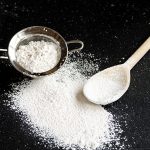
How to Make Homemade Powdered Sugar
Ingredients
- 1/2 cup sugar
- 1 teaspoon arrowroot powder - or cornstarch or tapioca starch
Instructions
- Be sure the inside of your blender is completely dry. Even slight dampness will make the sugar not turn powdery. Place sugar and arrowroot (or cornstarch or tapioca starch) in blender jar.
- Blend for 50 seconds. Stop blender. Allow dust to settle and sugar to cool slightly. Blend for another 50 seconds.
Notes
>> One quick request: if you like this recipe, please leave a rating and a comment. Ratings help more people find these healthy recipes!
Want More?
For more healthy and delicious recipes like this one that will simplify your journey to a healthier and thinner you, check out my
You my also like:

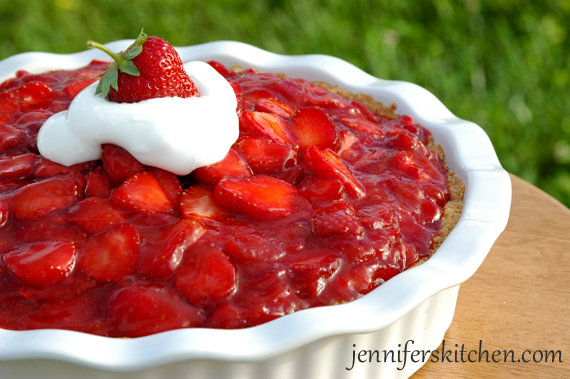


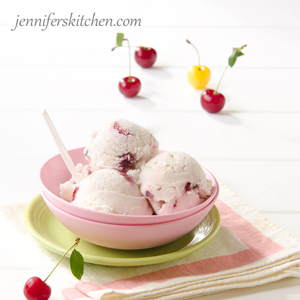
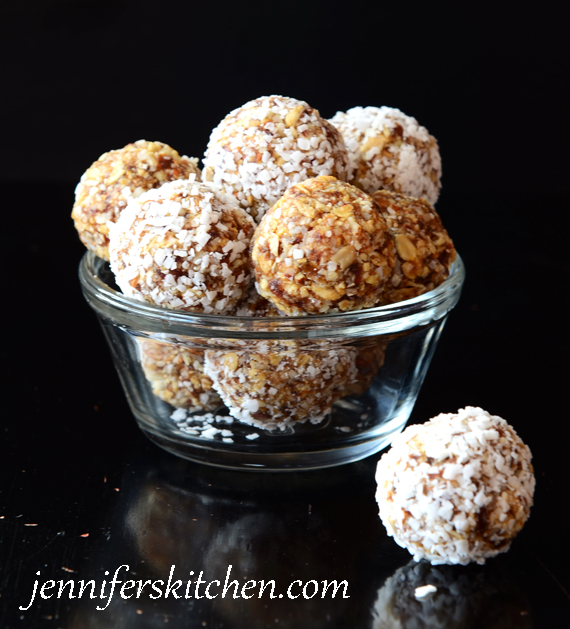
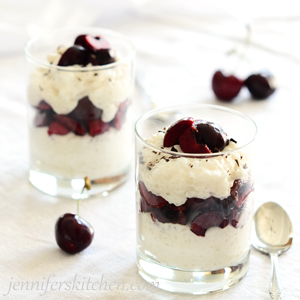
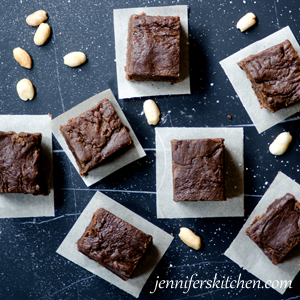

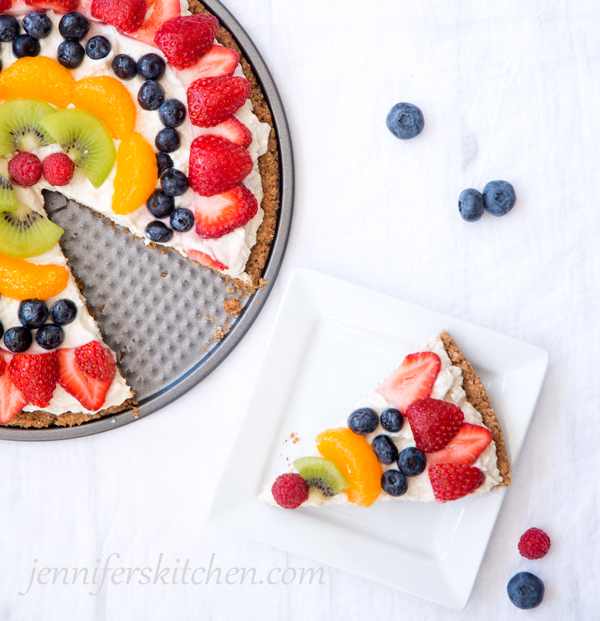
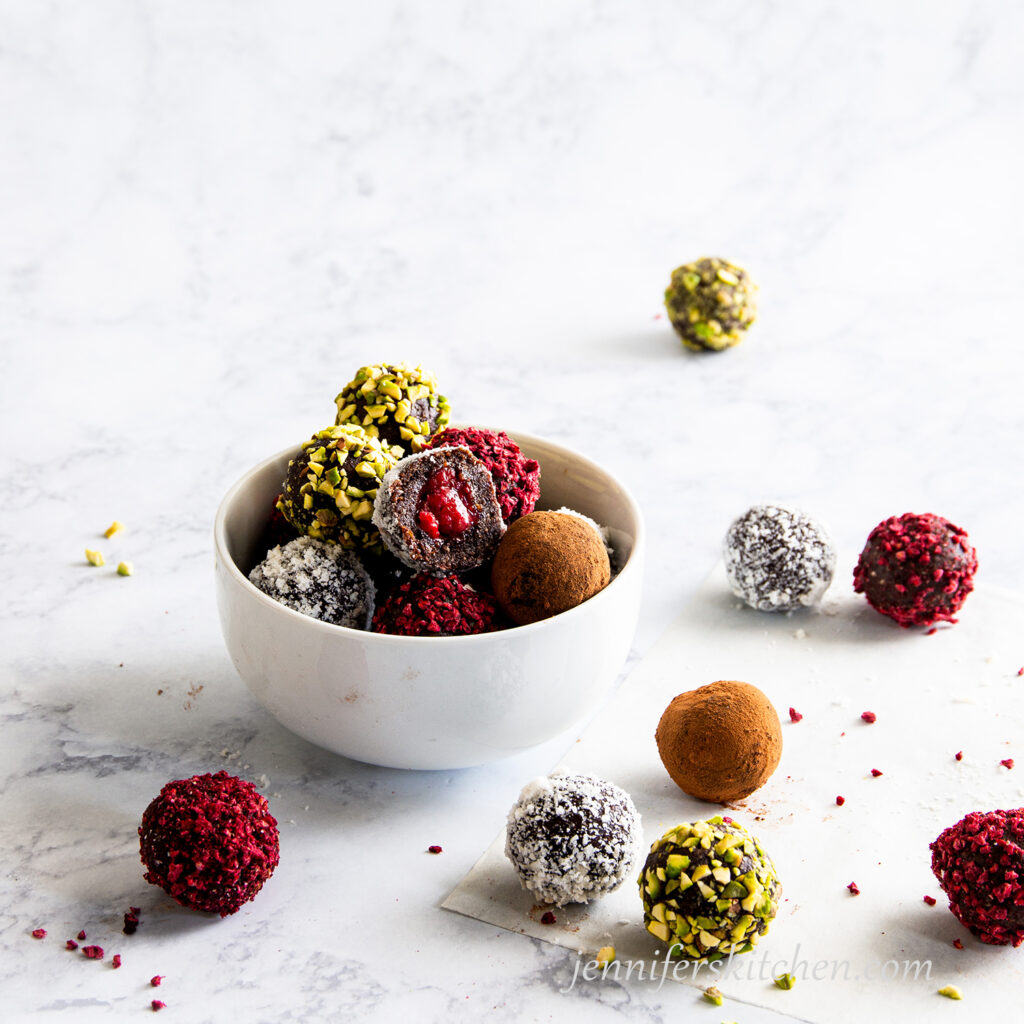

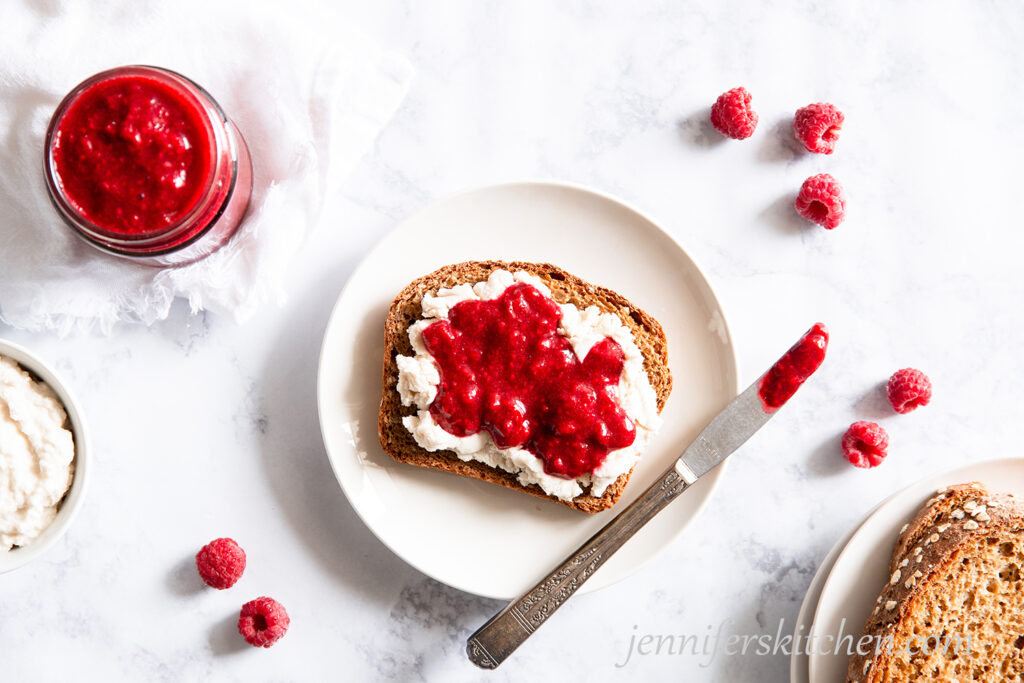
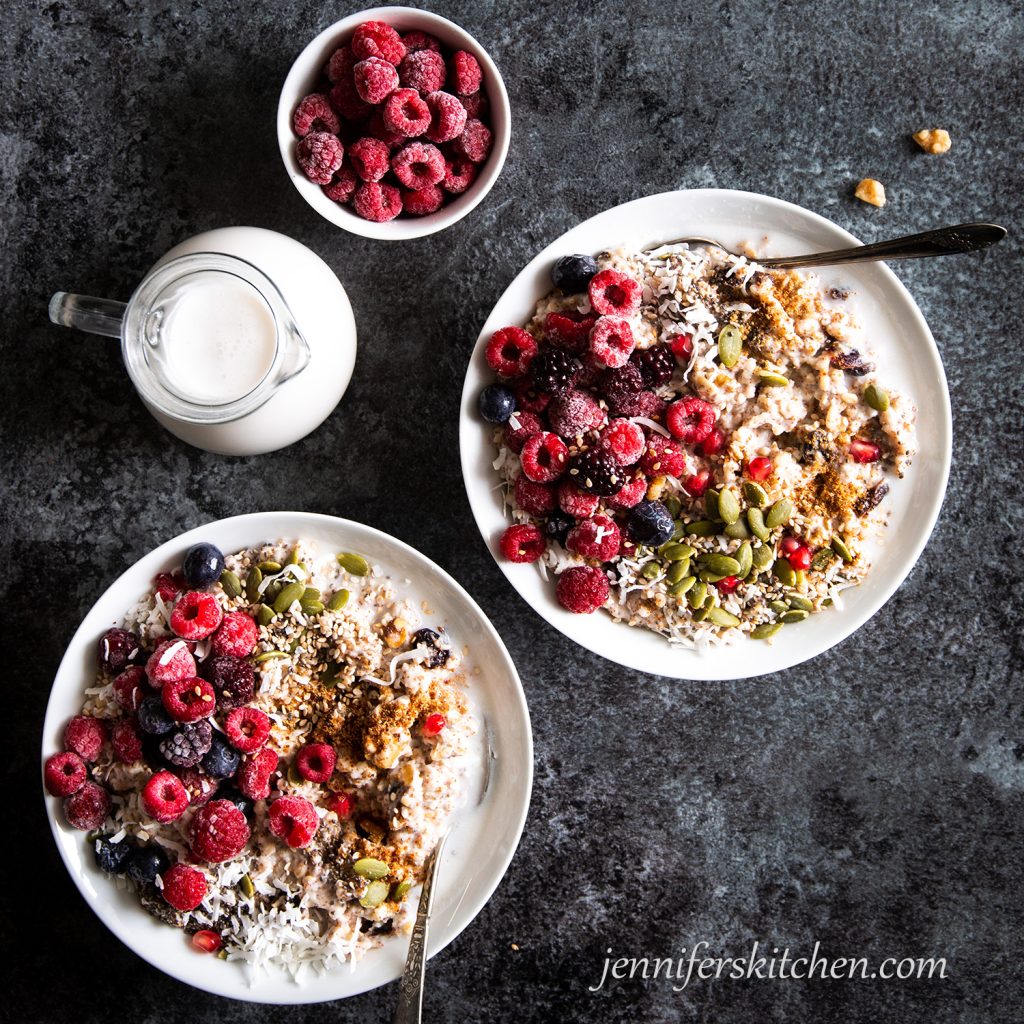
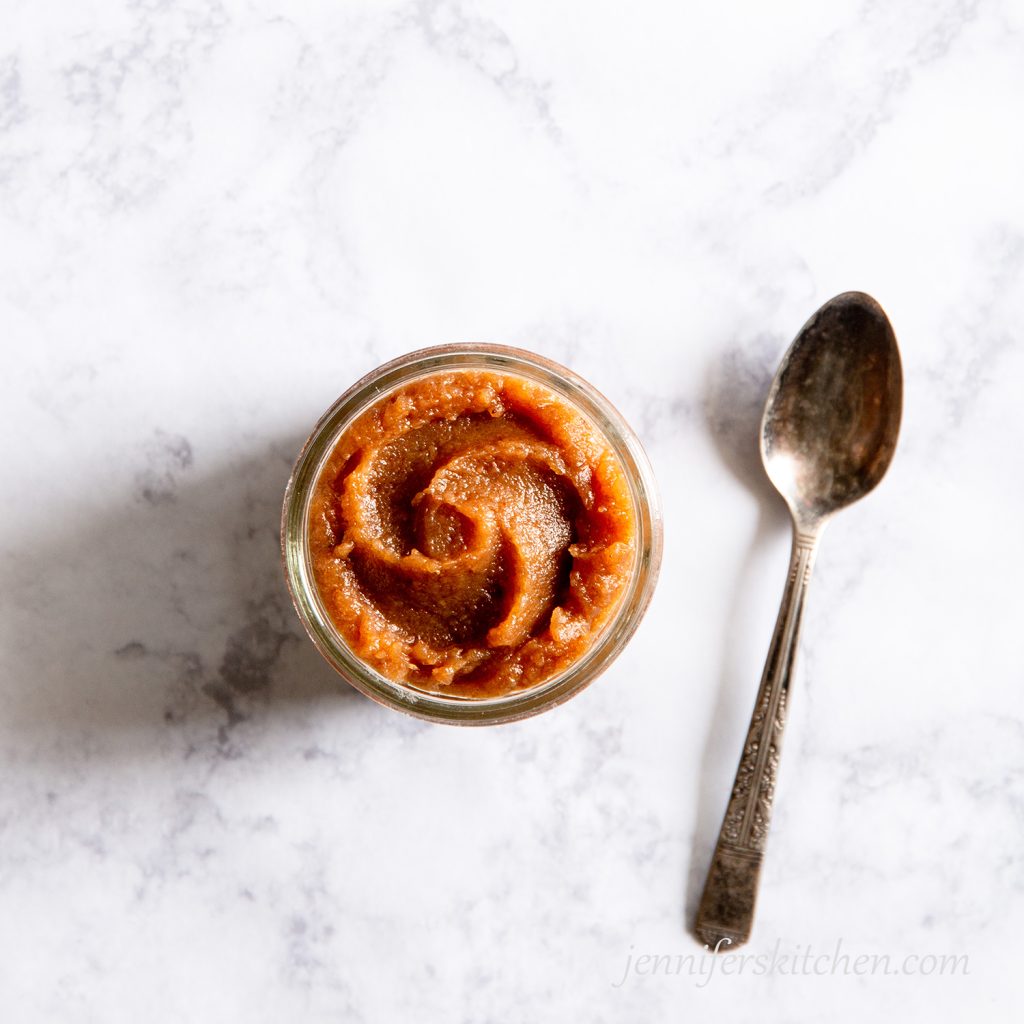
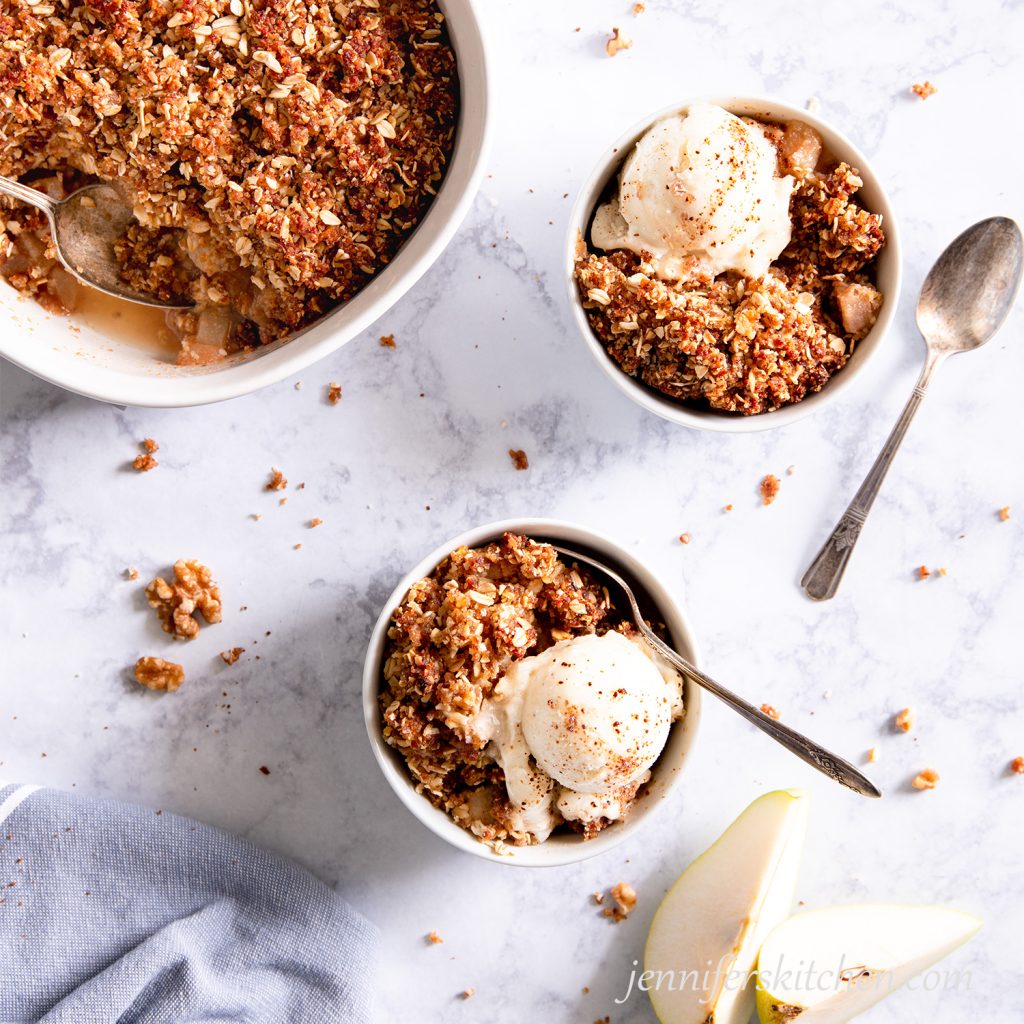

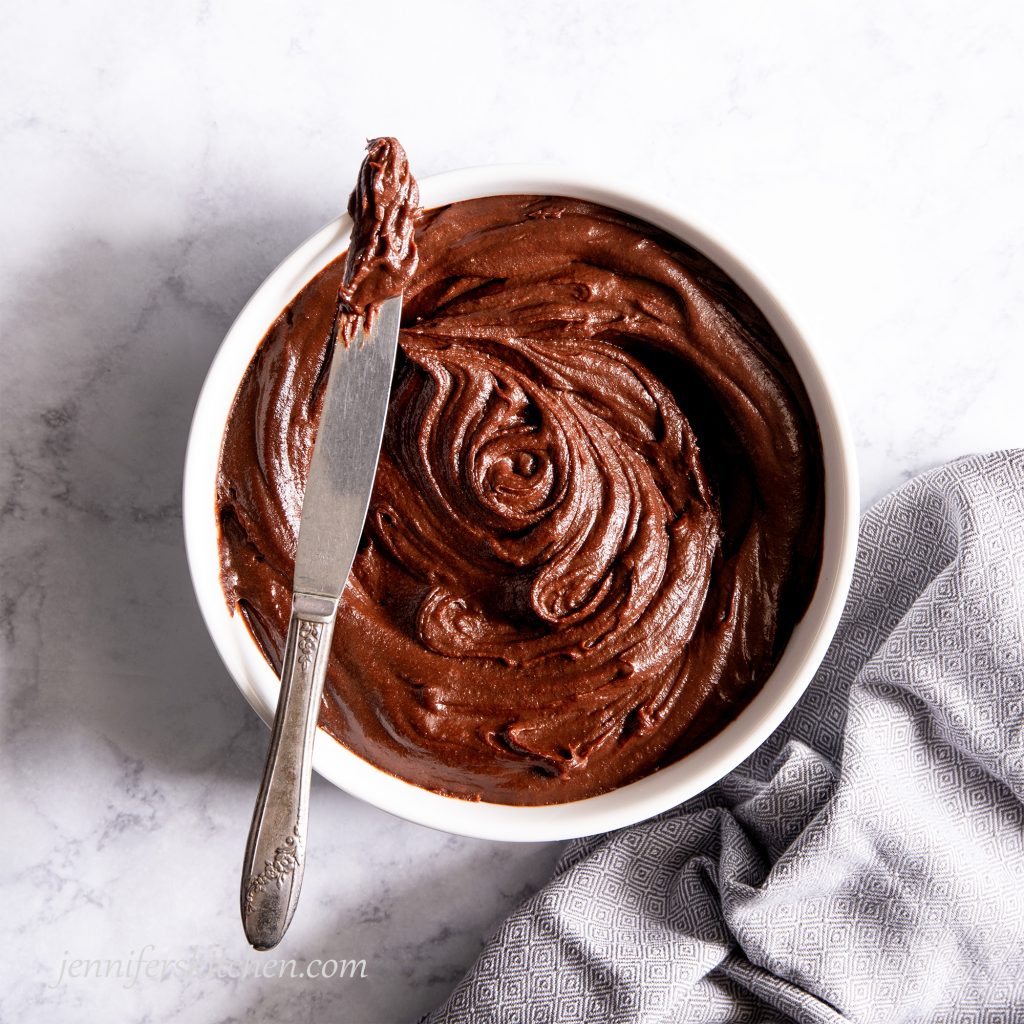
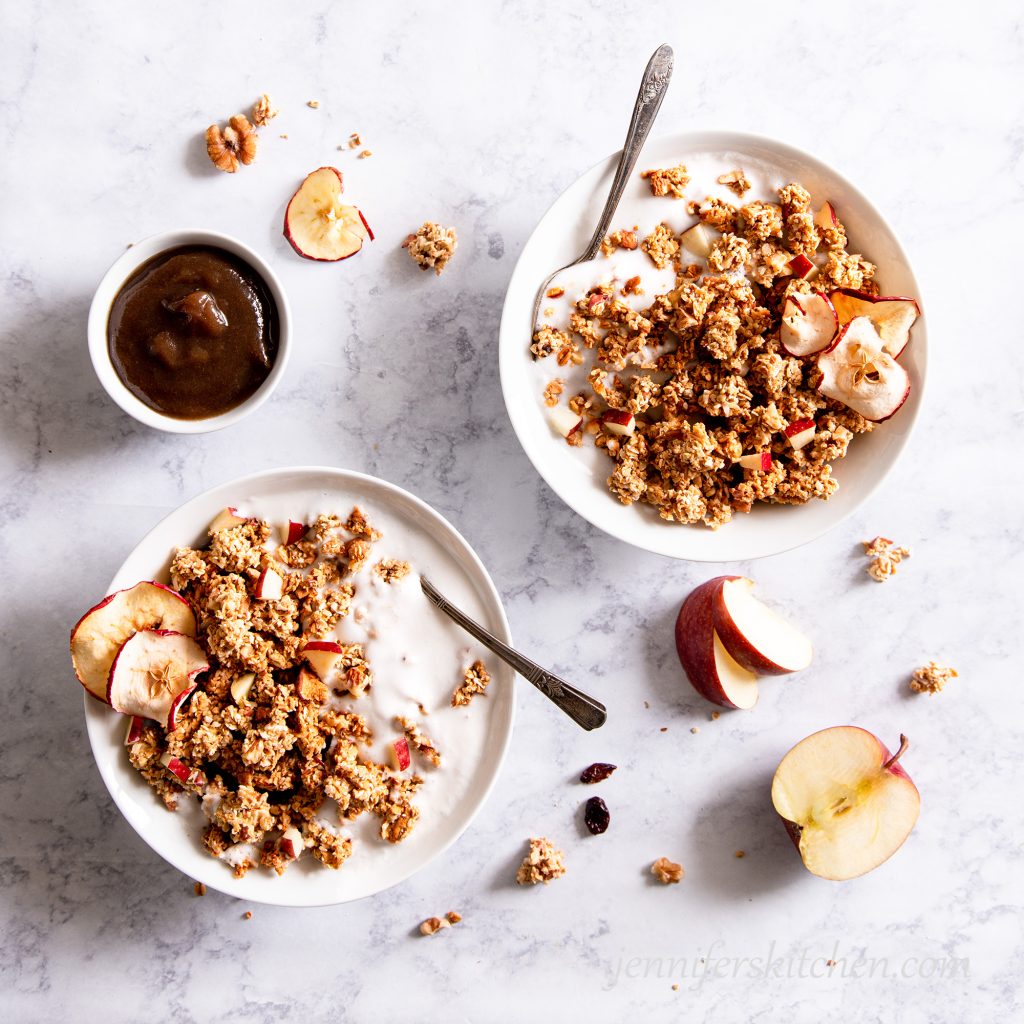


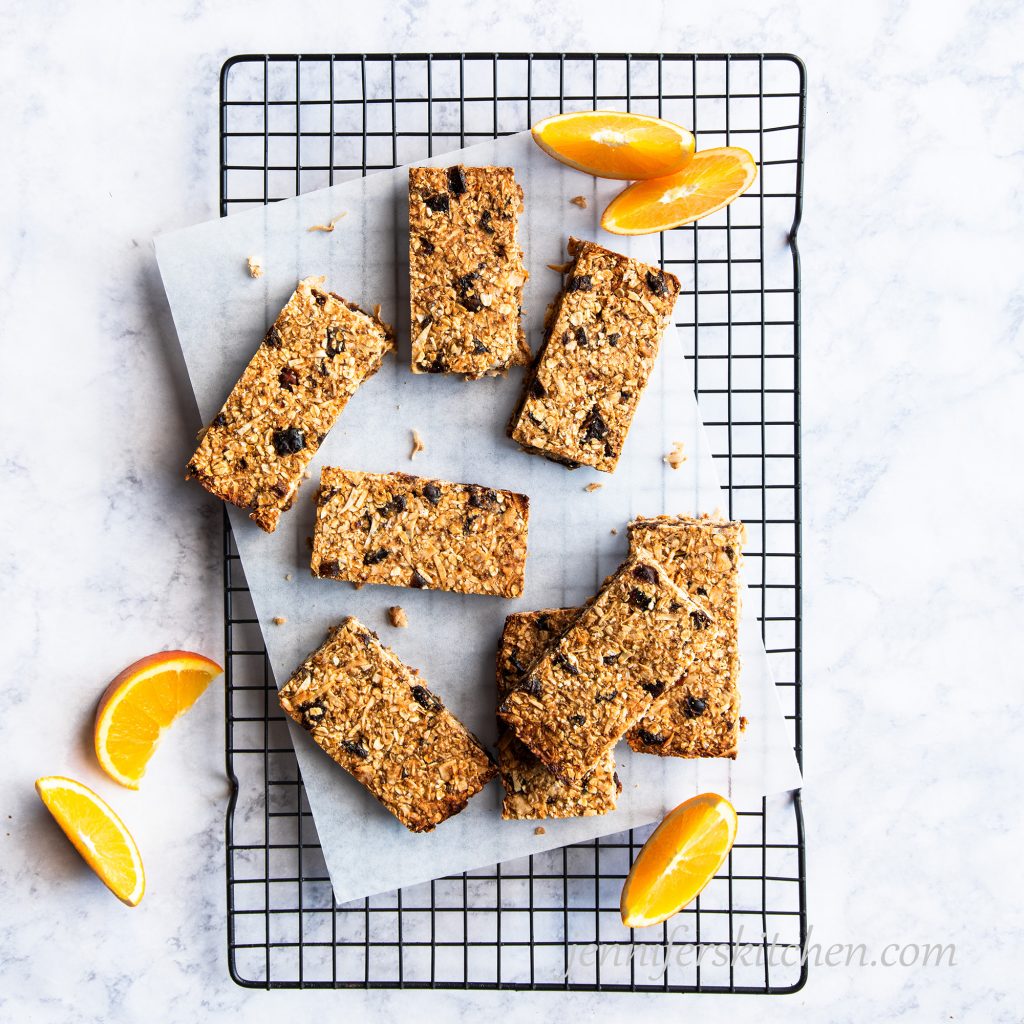

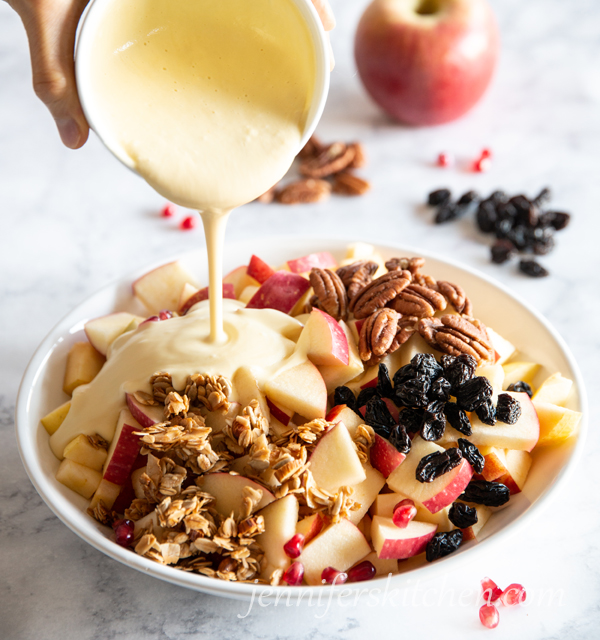
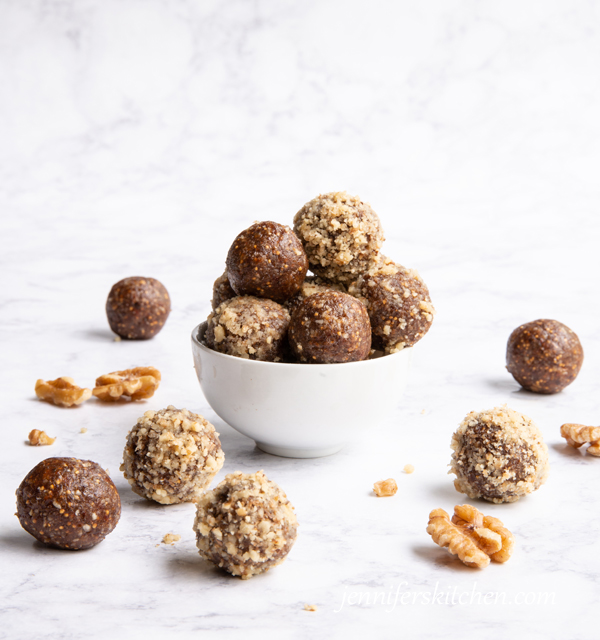
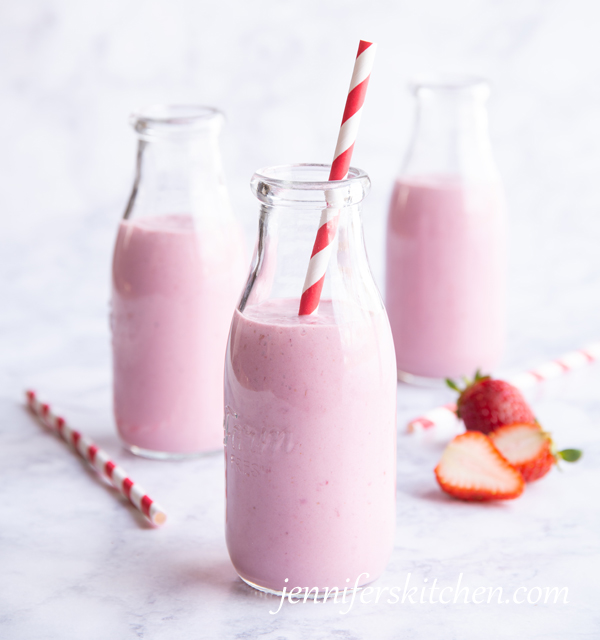
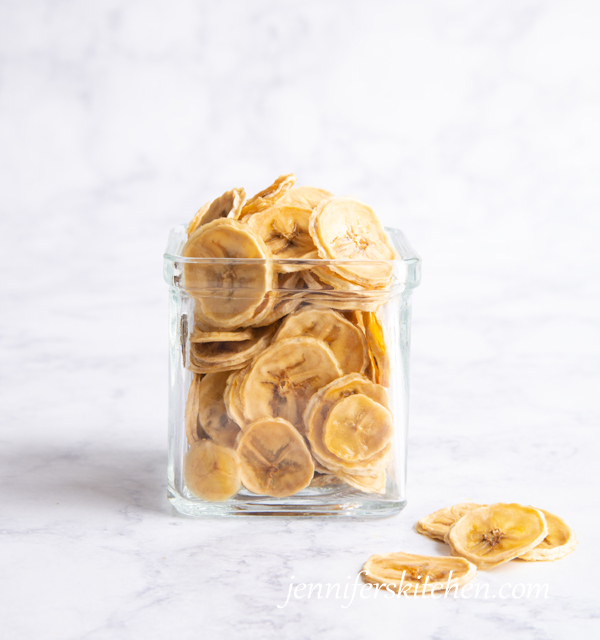
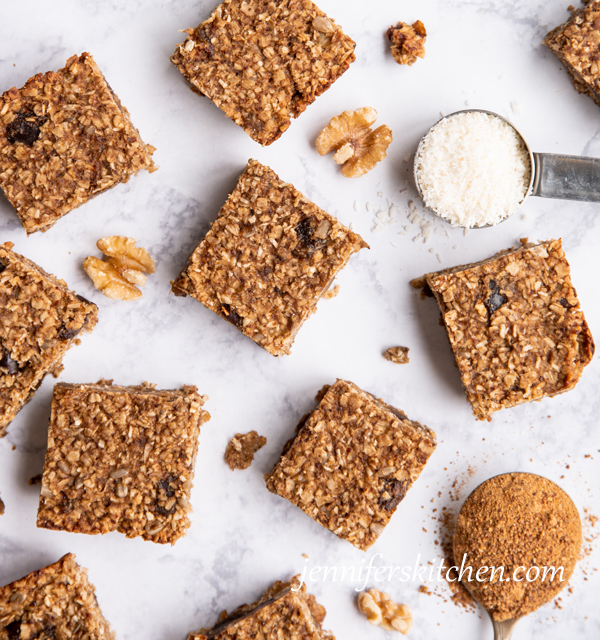

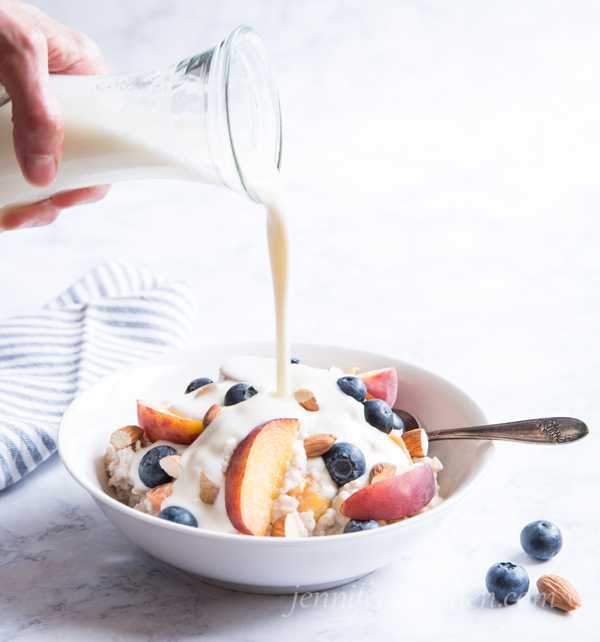
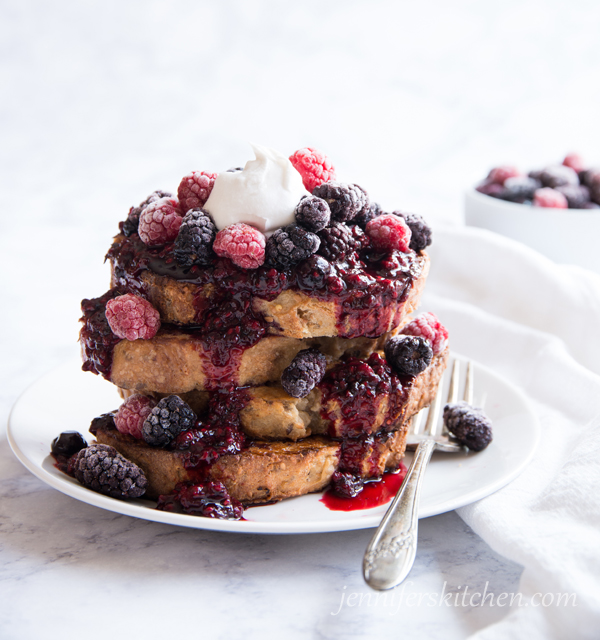
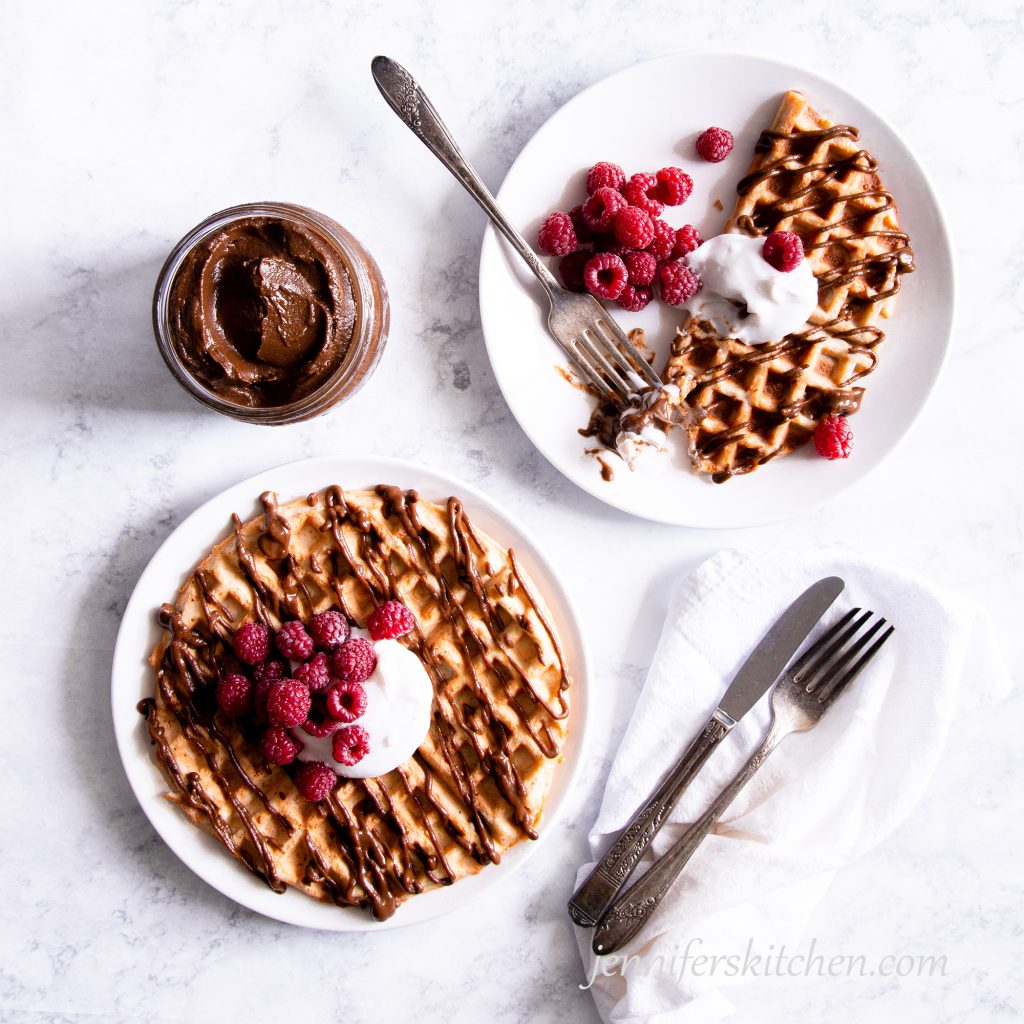
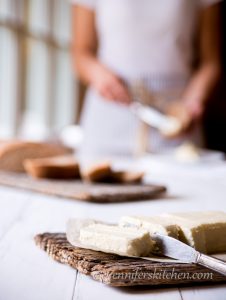

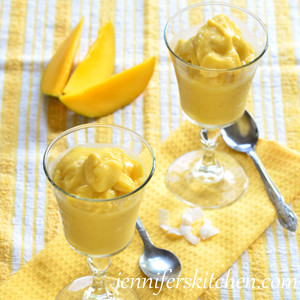
I tried this with my Blendtec – while it did make powdered sugar it tasted metallic. I only blended it about 30 seconds. Thoughts?
It probably isn’t your blender. I’ve heard a lot of complaints recently about a metallic taste in powdered sugar – homemade and store-bought.
Some people think it’s because of the process now being used to bleach starch and sugar. Some give mention of products coming from China. I’m not sure of the reason, but I hope someone fixes it soon.
This isn’t it. I use organic unbleached sugar and still get this taste. Ruined a batch of frosting recently.
: ( : ( I wish I knew what was causing this! I have only had the problem once, but it was terribly disappointing.
This technique works with alternative sugars as well like allulose.
I did try making this with brown sugar and it did work it just needed to be sifted. I also added drops of vanilla to the powder and reprocessed it to make vanilla sugar. Tasted great in a homemade Nesquik mix
I think it was a bit grainy but solved my problem in the moment so I am very grateful!
Thank you.
I found the same thing. My powered sugar tastes a little metallic, just like store bought. So, I looked it up and AI told me: “Powdered sugar’s metallic taste comes from the way it’s processed and the addition of cornstarch. When granulated sugar is ground into a very fine powder, the rearrangement of sugar molecules from a crystalline state to an amorphous one can expose certain hydrogen bonding sites, which are then perceived as metallic by the taste buds. Additionally, cornstarch, often added to prevent clumping, can also contribute to this metallic taste.”
So, we’re not all imagining things, it really can taste metallic!